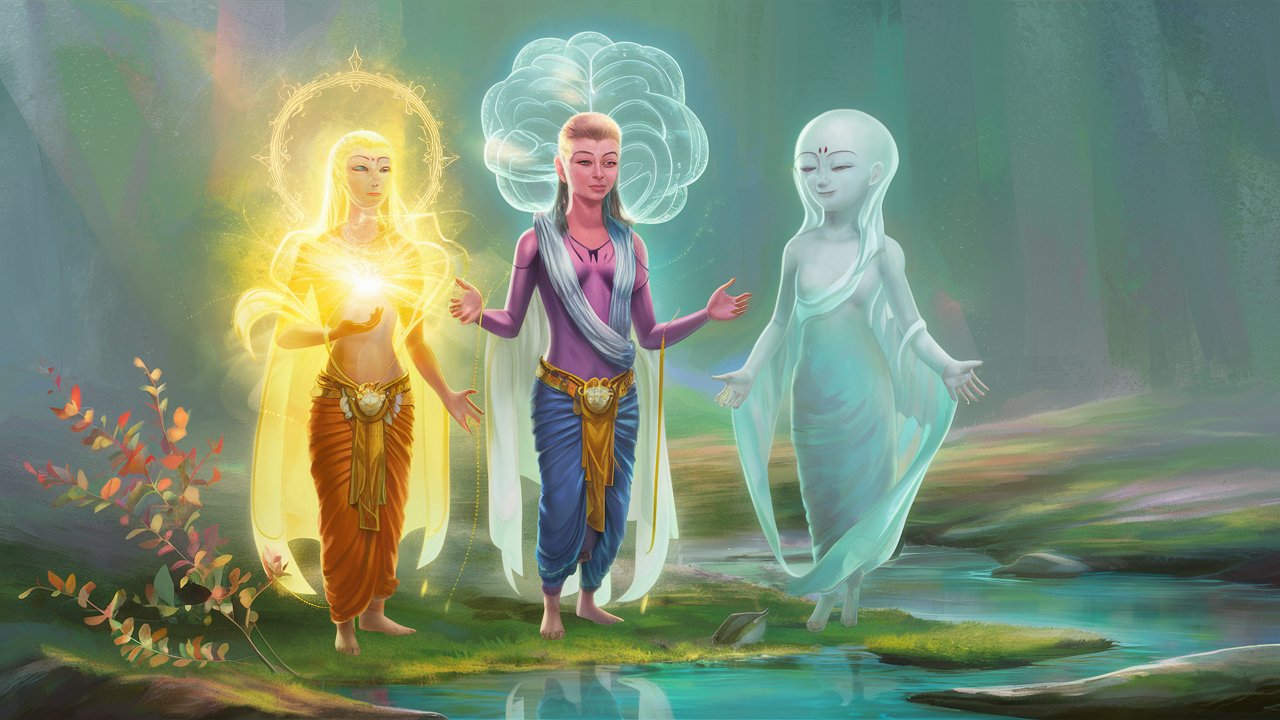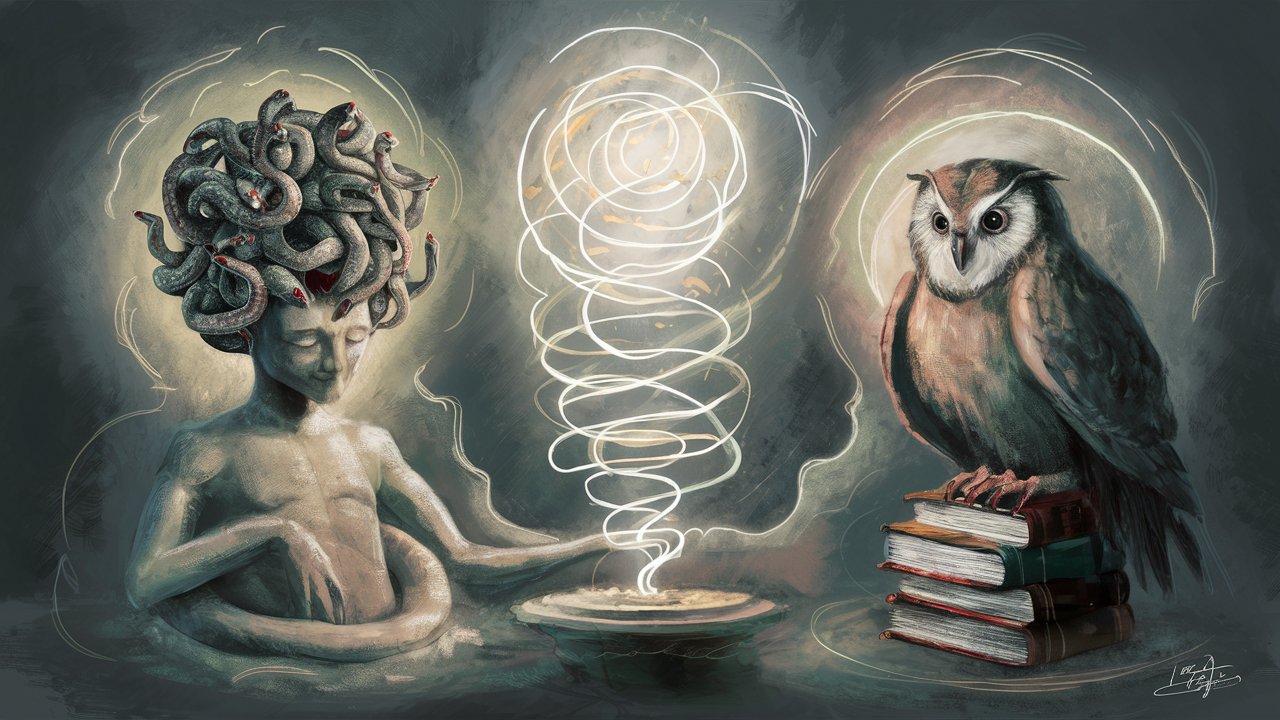विभिन्न दार्शनिक और आध्यात्मिक परंपराओं में, विशेष रूप से हिंदू धर्म और योग दर्शन में, "मन," "बुद्धि," और "चित्त" शब्द मन और चेतना के विभिन्न पहलुओं का प्रतिनिधित्व करते हैं। यहां प्रत्येक का संक्षिप्त विवरण दिया गया है:

1. मन: मन उस मन के पहलू को दर्शाता है जो भावनाओं, इच्छाओं और भावनाओं को संबोधित करता है। यह आमतौर पर चेतना के निचले, अधिक प्राकृतिक पहलू के साथ जुड़ा होता है। मन वह मन है जो अनुभवों और इच्छाओं का अनुभव करता है, कार्रवाई और प्रतिक्रियाओं को प्रेरित करता है। इसे भावनाओं के गुदा और संवेदनात्मक अनुभव का आधार माना जा सकता है।
2. बुद्धि: बुद्धि वह मन का पहलू है जो बुद्धिमत्ता, विवेक और समझ के साथ संबंधित है। यह आमतौर पर चेतना का उच्च पहलू माना जाता है, जो निर्णय लेने, तर्क करने और भेदभाव करने की जिम्मेदारी संभालता है। बुद्धि व्यक्तियों को निर्णय लेने, स्थितियों का विश्लेषण करने और बुद्धिमानता का प्रयोग करने की अनुमति देती है। इसे स्पष्टता, विवेक और सत्य को संवेदना करने की क्षमता के साथ जोड़ा जाता है।
3. चित्त: चित्त एक व्यापक शब्द है जो मन की पूरीता को समाप्त करता है, जिसमें मन और बुद्धि के अलावा स्मृति और अअज्ञान को शामिल किया जाता है। यह आमतौर पर अज्ञात संवेदनाओं या अनुभवों का भंडार होता है, जो जीवन के दौरान बने अनुभवों, छायाचित्रों और यादों को जमा करता है। चित्त विचारों, भावनाओं और अनुभवों का उत्पन्न होने का भंडार भी है। यह व्यक्तिगत चेतना (जीव) और सार्वभौमिक चेतना (परमात्मन) के बीच का कड़ा माना जाता है।

संक्षेप में, मन मन के भावनात्मक पहलू का प्रतिनिधित्व करता है, बुद्धि बौद्धिक पहलू का प्रतिनिधित्व करती है, और चित्त स्मृति और अचेतन छापों सहित मन की समग्रता का प्रतिनिधित्व करता है। ये अवधारणाएँ विभिन्न आध्यात्मिक और दार्शनिक परंपराओं में चेतना की प्रकृति और मन की कार्यप्रणाली को समझने के लिए केंद्रीय हैं।
मन, चित्त और बुद्धि में क्या अंतर है?
1) Mana defines your Conscious Mind and Buddhi is your Wisdom Faculty
2) Chitta is known as Subconscious Mind
3) Chitta, are stored Samskaras (memories, likes, dislikes,desires, habits) in dormant form
4) Whenever any Samskaras get triggered, they become Vrittis (Subconscious thoughts). Samskaras get triggered due to Ahamkara
5) Ahamkar is false knowledge of self i.e. when we keep considering ourselves other than Atman (true self)
6) In this state of Ahamkar, Manas (Conscious mind) keeps continuously running under control of Vrittis (Subconscious Thoughts)
7) Both Conscious and Subconscious thoughts reflect as Emotions. Emotions block flow of Prana (life energy) which in long term causes diseases in Physical Body.
8) Manas keeps trying to calm down Emotions, by bringing solutions from external world through Sensory Pleasures.
9) Manas also runs to increase clarity of Buddhi. When you know something with utmost clarity, that means there is no further requirement to run conscious mind on that knowledge. That means clear knowledge brings Manas at peace. So whenever Subconscious pushes a confused knowledge to the screen of Manas, it starts running to remove that confusion.
10) Clear knowledge without confusion becomes Wisdom of Buddhi. Wisdom takes you towards ultimate freedom i.e. True knowledge of self. So Wisdom washes away Ahamkara (false knowledge of self)
मन, बुद्धि और चित्त क्या है?